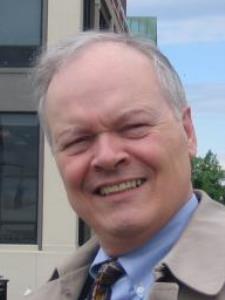
Steve S. answered • 03/23/14
Tutor
5
(3)
Tutoring in Precalculus, Trig, and Differential Calculus
The Earth revolves around the Sun in an orbit that defines a geometric plane.
The Earth rotates around its axis making it a huge gyroscope, which keeps its axis line pointing to the same position in the star field. In the North the Earth's axis points very close to the star Polaris, the "North Star".
The Earth's axis is tipped at an angle to its orbit plane, so as the Earth travels around the Sun each year sometimes its North Pole is tipped toward the Sun and sometimes it's tipped away from the Sun.
The time where the North Pole is tipped the most toward the Sun is called the Summer Solstice in the Northern Hemisphere and marks the beginning of Summer. This is the time of year when Latitudes north of the Tropic of Cancer will experience the longest daylight and the shortest nighttime.
The time where the North Pole is tipped the most away from the Sun is called the Winter Solstice in the Northern Hemisphere and marks the beginning of Winter. This is the time of year when Latitudes north of the Tropic of Cancer will experience the shortest daylight and the longest nighttime.
We now have two points marked on the Earth's orbit around the Sun: the Summer and Winter Solstices.
If you mark points halfway between the Solstices on both sides of the orbit you will have the Equinoxes. At these times the Earth's axis isn't tipped toward or away from the Sun and the daytime and nighttime are equal. In the Northern Hemisphere the Vernal Equinox marks the beginning of Spring and the Autumnal Equinox marks the beginning of Autumn.





